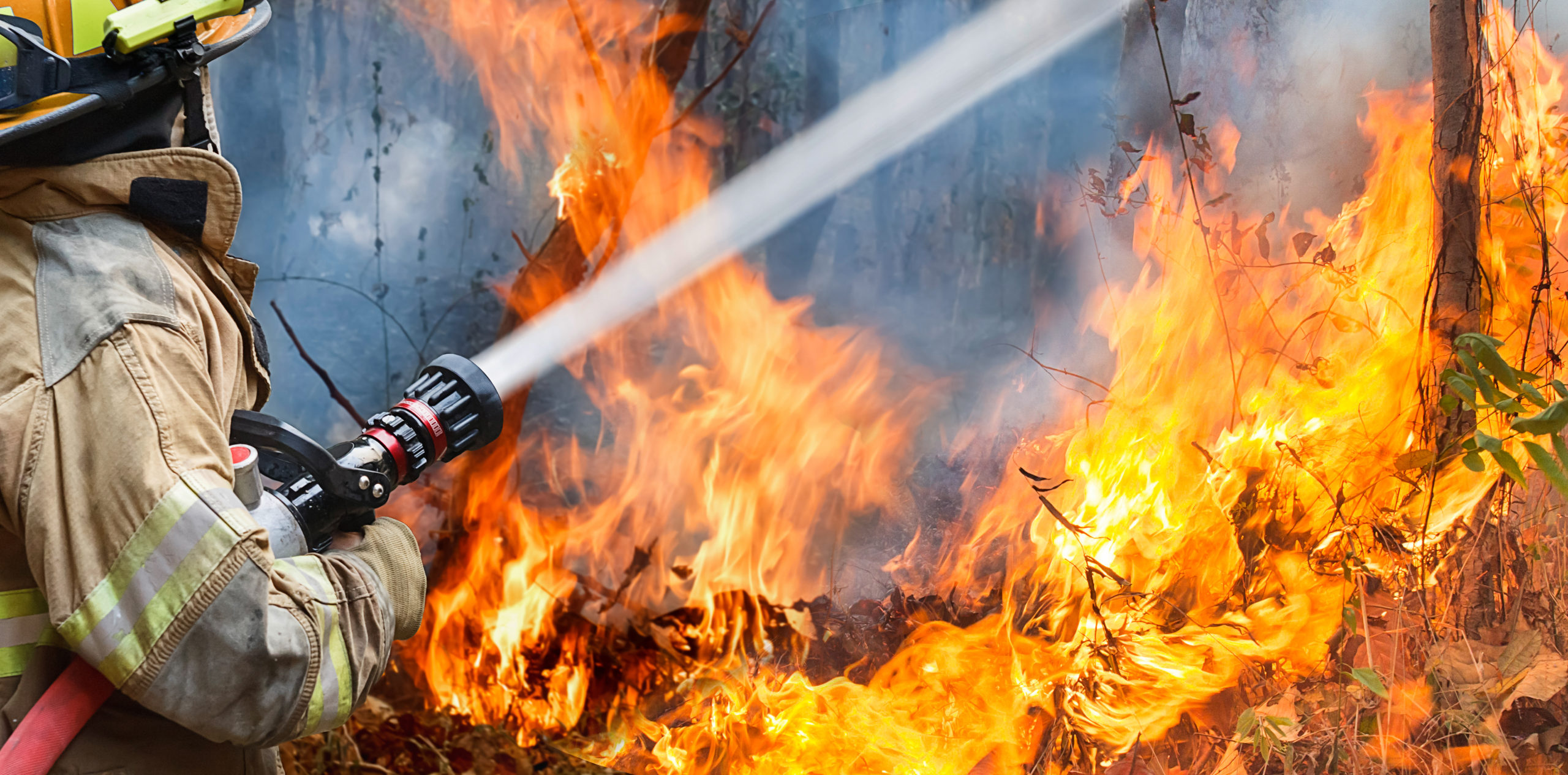Energy stocks are shifting from Fort McMurray to Fort St. John

Peter Tertzakian is chief energy economist for ARC Financial Corp. and author of A Thousand Barrels a Second and The End of Energy Obesity | submitted
Alberta’s oilsands are yesterday’s news, some of the Canadian oil pipelines that have been approved won’t get built, and the smart money in energy stocks is shifting from Fort McMurray to Fort St. John.
CFA members include investment bankers, pension fund managers, investment advisers and other institutional investors.
Based on daily news headlines, those advisers could be forgiven for thinking they need to shift their clients’ money away from pipelines and oil and gas companies and into electric vehicles, wind farms and solar energy.
Except that there have been 117 bankruptcies in the solar energy business, and even if everyone follows Tertzakian’s lead and buys an electric vehicle – which he did two months ago – the world will still need oil and gas for decades.
Tertzakian said the disruption coming from renewables and the move toward decarbonization is significant.
But Tertzakian added that doesn’t mean the world still doesn’t need fossil fuels like oil and gas.
“There is not a lot of evidence to suggest that global oil demand is waning any time soon,” Tertzakian said.
But multibillion-dollar megaprojects like Alberta’s oilsands or offshore drilling platforms are being threatened from a massive disruption. And it’s not just the disruption coming from renewable energy, but disruption from within the oil and gas industry itself.
In just six years, unconventional oil and gas extraction (hydraulic fracturing and horizontal drilling) has replaced conventional extraction. The oilsands’ share of capital investment has fallen from 45% of the total new investment to just 33% – “one-third of the [capital expenditure] but 95% of the attention, because we’re still fixated on yesterday’s news,” Tertzakian said.
The shift from conventional to unconventional oil and gas in B.C. over just six years is something David Austin, a lawyer specializing in energy for Clark Wilson LLP, finds astounding.
“This isn’t about total Canadian production increasing; it’s about a shift in where the total Canadian production is coming from,” Austin said.
That’s not to say that Alberta’s oilsands are going to shut down or that there is no longer a need for new oil pipelines. There’s just no need for four of them.
“I’m not going to say it’s obsolete by any stretch,” said Tertzakian. “It’s going to supply 3% of the world’s oil needs over the next many decades, but that’s not where the growth is.”
Unlike oilsands or offshore oil drilling, which require massive capital investments, have long payback periods and leave vast environmental footprints, tight oil and gas plays provide quick returns on investment, produce hydrocarbons with lower carbon content and have small environmental footprints.
“The real action is over here,” Tertzakian said, pointing to the Montney formation on a map of Alberta and B.C., “and particularly in areas that are yet undiscovered or are in their infancy.”
Pointing to a photo of a tight cluster of pumpjacks, each of which taps a horizontal well, Tertzakian said an operation of this kind produces 1,000 barrels of oil per day. The photo was taken on the B.C. side of the Montney formation.
“This is not only an Alberta thing,” Tertzakian said. “All of a sudden British Columbians are waking up – or maybe you haven’t woken up to it yet – it’s happening on your side of the border, too. So all those who are anti-oil – well, we’ll see how your attitudes change when you find out you have significant quantities of that stuff in your backyard too.”
According to the BC Oil and Gas Commission, B.C. is now producing more oil than condensate – 26,800 barrels per day, compared with 16,560 barrels of condensate per day.
That’s a small amount compared with production at Alberta’s oilsands. But B.C.’s wells are attractive to investors because they provide quick returns for relatively low capital.
Because the economics are so much better in tight oil and shale plays – in places like Texas, Oklahoma, Alberta, B.C. and Saskatchewan – a rapid shift is taking place that could have consequences for midstream companies with approvals to build oil pipelines.
The Trans Mountain expansion, Keystone XL, Line 3 and Energy East proposals are all designed to move oil from Alberta’s oilsands to the U.S. or foreign markets. But due to shifting patterns of new oil production, not all four pipelines are likely needed, Tertzakian said, whereas new pipeline capacity will likely be needed in the new unconventional oil and gas regions.
“There are forces beyond just environmental issues here that may not see some of these pipelines get built.”
As if to underscore Tertzakian’s oilsands point, on March 9, Royal Dutch Shell plc and Marathon Oil Corp. (NYSE:MRO) both announced oilsands divestments.
Shell said it’s selling $8.5 billion worth of its in situ and undeveloped Alberta oilsands holdings; Marathon is, in turn, divesting $2.5 billion worth of oilsands assets to Shell and Canadian Natural Resources Ltd. (TSX:CNQ).
Shell has been refocusing away from oil and toward natural gas. Marathon Oil said that, as part of its oilsands assets sale, it will be investing in the Permian basin, a shale oil and gas formation in Texas that, like the Montney, is rich in liquids.
Peter Tertzakian is chief energy economist for ARC Financial Corp. and author of A Thousand Barrels a Second and The End of Energy Obesity | submitted
Read full article here: BIV
More News
{{ commodity.name }}
{{ post.title }}
{{ post.date }}

Comments